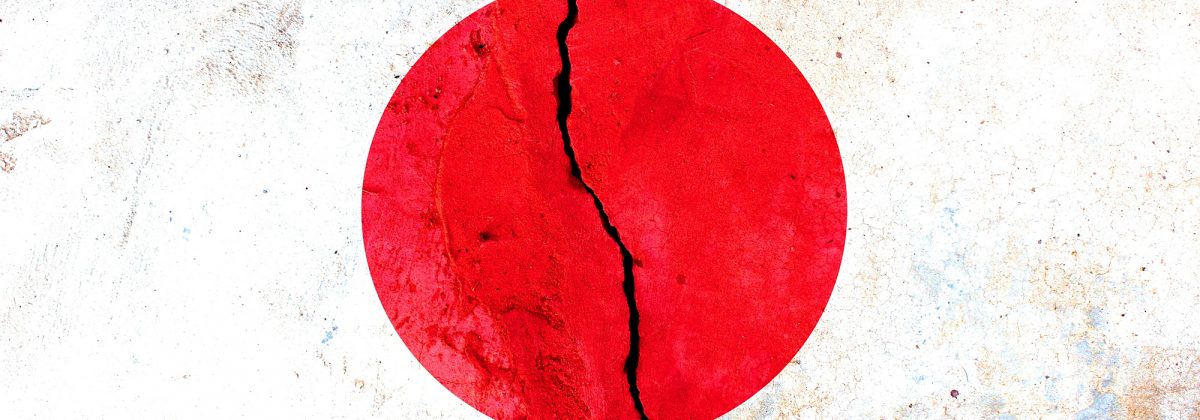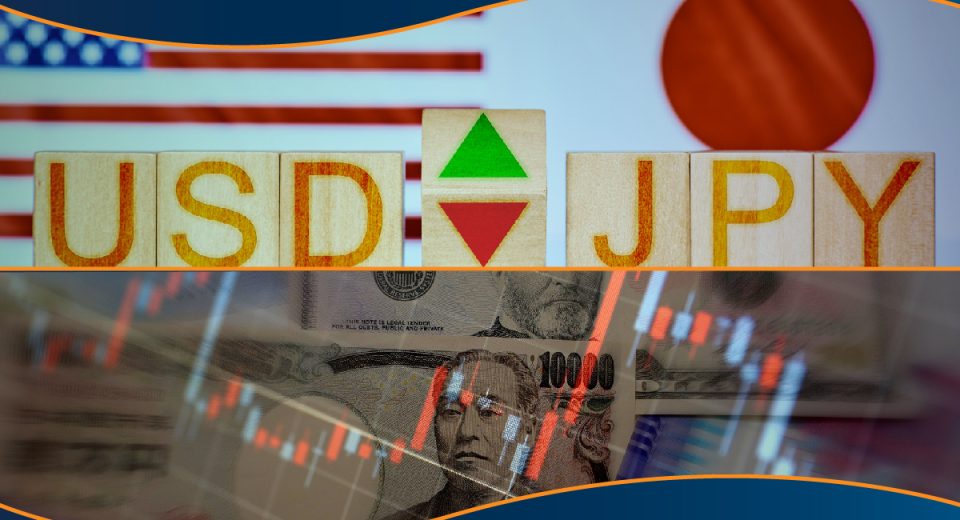Japan’s Lost Decade – A Brief History and Implications

A slowdown in global growth and an increasingly dovish stance by major Central Banks define the global economy today. Big economies like the US and China are adopting protectionist measures, hurting exports, trade routes and investor sentiment. The EU, one of the largest trade blocs, is facing uncertainty and disruption on account of Brexit. A ripple effect of this slowdown is trickling into the emerging economies as well, which are already struggling with their own political hiccups.
Analysts say the current situation is similar to Japan’s “lost decade,” a prolonged affair, with no end in sight. It seems we fail to learn our lessons from major economic crises. What is Japan’s lost decade and what implications does it hold for the global economy? Let’s find out.
The 1990s – Japan’s Lost Decade
Three decades ago, in 1989, Japan was completing a decade of vast economic expansion. Since World War II, it had experienced rapid growth, due to tremendous rehabilitation efforts by the United States and other major world economies. In the 10 years leading up to 1989, the average annual rate of growth for Japan’s gross GDP was 3.9%, slower than the earlier decades but still significant, compared to other advanced economies.
During this period, equity prices increased six-fold, while land prices rose more than four-fold. The country’s distinctive economic management system, both at the government and the company levels, was working so much better than that of other countries that Japan was once dubbed the “only communist nation that works.”
But economies are subject to cycles and most economic crises occur after a period of boom, when valuations start moving away from reality. From 1990 to the early 2000s, Japan faced a period of economic stagnation and rapid deflation. Post-1989, its GDP growth didn’t average more than 1.2% annually and the stock market remained low, falling more than 75%. Wages fell and asset prices shrank, especially land prices. The country’s real estate bubble burst in the fall of 1989, with land prices falling throughout the 90s, declining more than 80% by 2002.
On realising the crisis, the Japan government raised interest rates to boost the economy. Till then, Japan’s interest rates were among the lowest in the world. But this move was fatal for the stock market. A debt crisis ensued, as borrowers failed to make payments on debts backed by speculative asset classes. This further led to the collapse of the banking system, eventually leading to several government bailouts.
Causes of the Downfall
Economists have placed the blame on many factors.
Slow Response from Bank of Japan (BoJ)
The historic 1985 Plaza Accord, which was signed by the then existing G5 nations, including the United States, United Kingdom, Germany, France and Japan, was created to force the US to devalue its currency on account of huge current account deficits in Japan and the European nations. This drove the Yen higher and led to the asset bubble growing.
The BoJ resorted to a series of interest rate hikes till 1992, when the interest rate in Japan hovered around 6%. This was done despite falling equity prices. The BoJ had paused its policies regarding money supply in the economy, out of fear of inflation and escalating asset prices.
Higher interest rates put brakes on the increasing real estate prices and led to the economy towards a downward spiral. In 1992, as equity and land values deteriorated, the Central Bank dramatically reduced interest rates, which eventually reached zero a few years later. But they waited for 17 months to cut interest rates, compared to the US Federal Reserve, which was quick to slash rates during the sub-prime crisis.
Since then, the BoJ has made two attempts at increasing rates, neither of which have worked. Japan’s interest rates have been near zero for more than 20 years now.
Consumers and Companies Saved too Much
Prominent economists blame consumers and companies for saving too much and causing the eventual slowdown. This is called a “liquidity trap,” where households and investors sit on cash, with no intention to invest it. Either they lacked confidence in getting a higher rate of return or they believed that the economy was suffering from deflation. When consumers believe that goods will become cheaper in the near future, they tend to hold on to their earnings in anticipation of lower prices.
In such cases, lower interest rates do not help much. Japan’s interest rates were near 0.5% through the 1990s, which failed to stimulate the economy. Even today, consumer confidence in Japan is extremely weak, failing to recover to the pre-crisis levels. Many economists point to the country’s aging population demographic for this.
Zombification of the Corporate Landscape
Banks in the country started writing off their bad debts in the mid-90s, but the bail-out packages from the government didn’t come until 1999. This was when the Resolution and Collection Corporation was formed to handle the write-off of bad debt.
But this bail-out package caused further damage. So great was the desperation of banks to avoid bankruptcy and mass unemployment, they simply used these funds to keep “zombie companies” operational. This is what is called “faux-capitalism,” where capital is infused into companies not to achieve a good rate of returns, but simply because they exist.
What Can We Learn from the Past?
Valuable economic lessons have been derived from this crisis, most of which are about how Central Banks’ inability to act quickly can aggravate economic problems. From 2008 to 2014, the US Federal Reserve continued its quantitative easing (QE) program. So did the European Central Bank (ECB), with limited effect.
From 2017 to 2018, the US Fed drastically increased interest rates, to reverse the QE. However, 2018 was marked by the US government shutdown and escalating trade tensions with China. The yield curve inverted, coinciding with weak economic data. The US Fed ultimately lowered interest rates, after a decade, and will likely do so again before March 2020. Even the ECB seems to have adopted a tightening policy. These situations bear close resemblance to the two times in history when Japan tried to raise interest rates but failed to get the desired results.
The major economies are also imitating Japan’s fiscal policy, with rapidly widening deficit spending. The US deficit, as a percentage of its GDP, is almost 5%, as of September 2019, more than that of Japan.
Only time will tell whether the world economy follows in the footsteps of the decade long Japanese crisis. The good thing is that we have more information and market indicators at our disposal today, compared to 10 years ago. With timely risk management strategies, we might be able to avert a disaster.
Reference Links
- https://www.theguardian.com/business/2008/sep/30/japan.japan
- https://www.forbes.com/sites/johnmauldin/2019/04/18/the-global-economy-looks-disturbingly-like-japan-before-its-lost-decade/#538583e86e5c
- https://www.investopedia.com/articles/economics/08/japan-1990s-credit-crunch-liquidity-trap.asp
- https://www.thebalance.com/japan-s-lost-decade-brief-history-and-lessons-1979056
- http://fordschool.umich.edu/rsie/workingpapers/Papers476-500/r484.pdf







